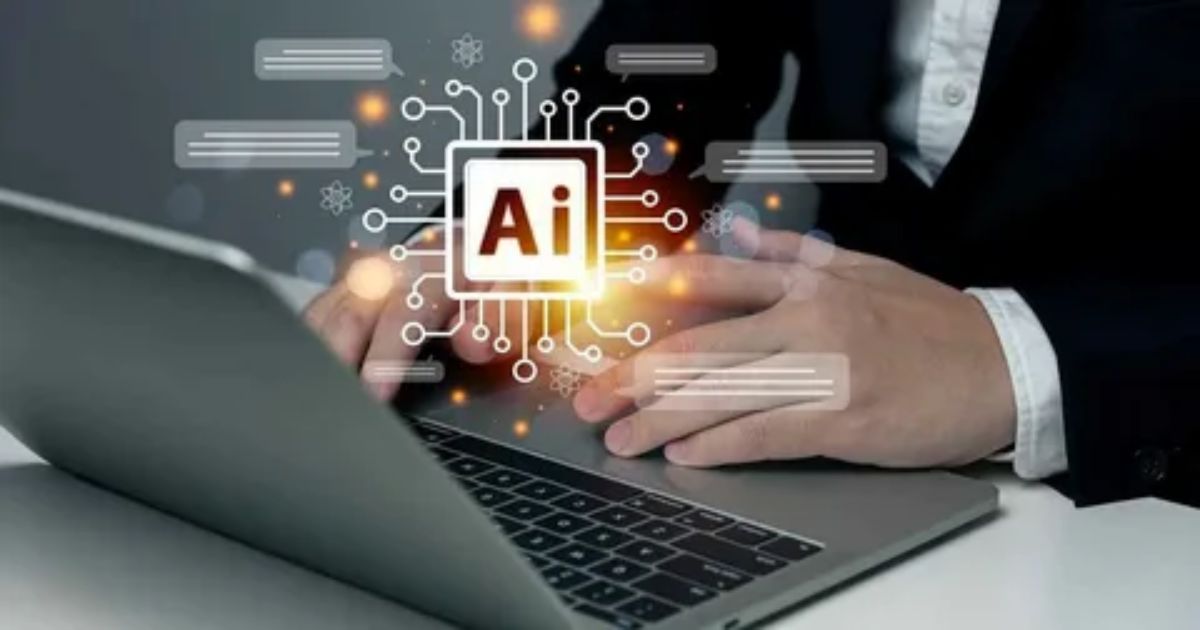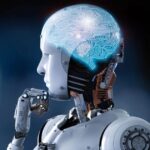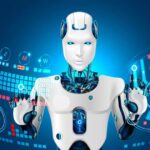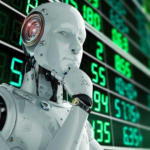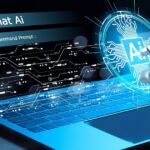The autonomous systems, driven by Artificial Intelligence (AI), are changing various sectors, including automotive, healthcare, and logistics. Testing AI in autonomous systems is essential to ensure these technologies function safely and reliably.
This article explores how AI is tested in these autonomous environments, what tools and methods are used, and why this process is crucial.
What Are Autonomous Systems?
The autonomous systems operate without direct human control. They include vehicles, drones, robots, and industrial machines that use AI to make decisions and perform tasks independently.
The AI in these systems must be tested rigorously to ensure they can handle real-world scenarios and respond safely to various situations.
- Autonomous vehicles and drones are examples.
- The systems use AI for decision-making.
- Testing is crucial for safety and reliability.
Importance Of Testing AI in Autonomous Systems
The testing AI in autonomous systems is essential because these systems interact directly with people and environments. Unreliable AI can lead to accidents, errors, or malfunctions, which can be costly or even dangerous. Testing ensures that the AI responds accurately, learns effectively, and adapts to complex real-world conditions.
Key Testing Methods For AI in Autonomous Systems
The testing methods used include
- Simulation Testing: Creating virtual environments to test AI responses.
- Real-World Testing: Field testing in controlled environments.
- Stress Testing: Pushing AI to its limits to check robustness.
These methods help verify the safety, accuracy, and performance of autonomous AI systems.
Simulation Testing A Key Tool For Safe AI Testing
The simulation testing allows AI to be tested in controlled, virtual environments before deployment. This method is cost-effective and safer, as it enables developers to simulate various scenarios. For example, autonomous vehicles can be tested in simulations of traffic conditions, weather changes, and unexpected obstacles.
Real-World Testing And Its Challenges
The real-world testing is essential but challenging. Autonomous systems need to be tested on real roads or environments to see how they perform under true conditions.
However, this method is time-consuming and can be costly. It is also crucial to ensure safety during these tests, as they involve real vehicles or machines.
Stress Testing To Ensure System Resilience

The stress testing involves pushing the system to its limits to see how it responds under high pressure or unexpected challenges. This might include testing how a drone responds to strong winds or how an autonomous car handles sudden braking. Stress testing helps identify weaknesses and ensures the AI can handle adverse conditions.
The Role Of Machine Learning in Testing AI Systems
The machine learning (ML) helps improve the performance of autonomous systems. By analyzing large amounts of data, ML algorithms allow the AI to learn and adapt. Testing ML-based AI involves verifying that the algorithms correctly learn from data and make safe decisions.
Tools Used For Testing Autonomous AI Systems
Several tools are widely used in the testing process
- CARLA: A simulator for testing autonomous driving.
- OpenAI Gym: Provides environments for training AI.
- DeepMind Lab: A platform for developing complex AI tasks.
These tools enable developers to test their AI systems thoroughly.
How Data Collection Affects Testing in Autonomous AI
The data collection is critical in testing AI for autonomous systems. Data from real-world events, sensor inputs, and user interactions are used to train the AI. Accurate data collection ensures that the AI can perform accurately and safely in various conditions.
Sensor Testing Ensuring Reliability in Autonomous Systems
The sensors are vital for autonomous systems, such as cameras, LiDAR, and radar. Testing these sensors ensures they capture accurate information, which is crucial for the AI’s decision-making. Sensor testing includes checking for accuracy, range, and responsiveness to sudden changes.
Ensuring Ethical Standards in AI Testing
The ethical considerations are essential in autonomous AI testing. The testing should respect privacy and avoid harming the environment or individuals. Additionally, it’s necessary to prevent bias in AI to ensure fair decision-making.
Safety Protocols in AI Testing For Autonomous Vehicles
The safety is a priority in autonomous vehicle testing. Safety protocols include emergency shutoff options, real-time monitoring, and remote control capabilities. These protocols are necessary to protect test engineers, the public, and the system itself.
Testing AI For Accuracy And Reliability
The accuracy is vital in autonomous systems. If an autonomous vehicle misinterprets road signs or a robot malfunctions in a factory, the results can be damaging. Testing ensures that AI systems maintain high levels of accuracy and reliability in all environments.
Validation And Verification Of AI in Autonomous Systems
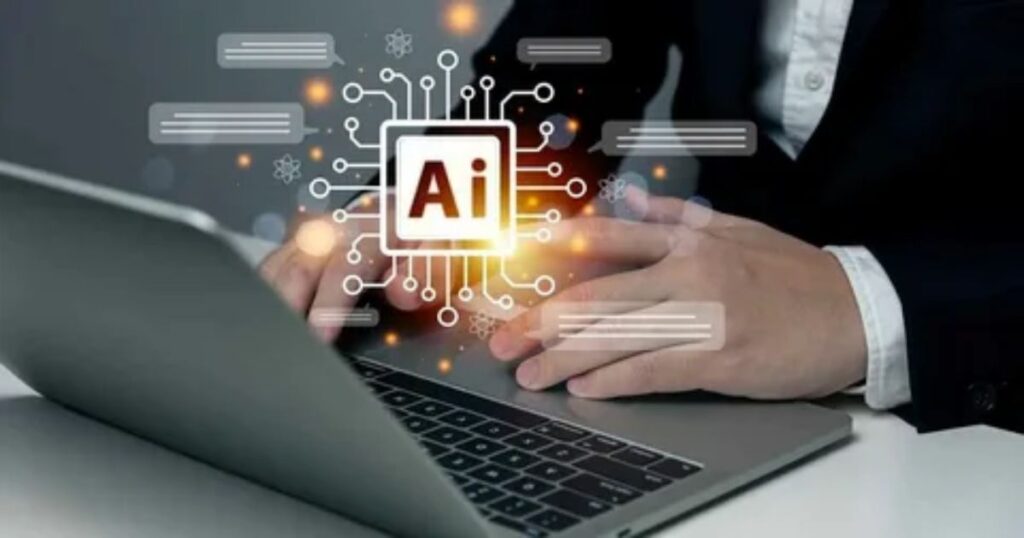
The validation and verification are two steps used to ensure AI’s functionality
- Validation checks if the AI does what it’s supposed to do.
- Verification confirms that the AI works as intended without errors.
Both steps are vital in ensuring that the AI in autonomous systems operates safely and effectively.
Continuous Monitoring And Testing After Deployment
The testing doesn’t stop once an autonomous system is deployed. Continuous monitoring helps identify new issues as the AI interacts with new environments. This ongoing testing process ensures the system remains reliable and effective over time.
Future Trends in AI Testing For Autonomous Systems
The future of AI testing in autonomous systems is evolving rapidly. New advancements in machine learning, data analytics, and simulation technology will improve the testing process, making it faster, safer, and more reliable.
The autonomous systems will likely undergo even stricter testing as they become more common in everyday life.
Frequently Asked Question
Why is testing AI important in autonomous systems?
The testing ensures that the system operates safely and accurately, preventing errors that could lead to accidents.
What is the role of simulation in testing AI?
The simulation allows developers to test AI in a controlled environment, where they can simulate various conditions without risk.
Can testing eliminate all errors in autonomous systems?
The testing reduces errors significantly, but it may not catch everything. Continuous monitoring is necessary for ongoing improvement.
How do sensors affect AI testing in autonomous systems?
The sensors provide the data needed for AI decision-making. Testing sensors is essential to ensure the AI receives accurate information.
Conclusion
The testing AI in autonomous systems is a crucial step in creating reliable, safe, and effective AI-driven technologies. Through various testing methods like simulation, real-world testing, and stress testing, developers can identify weaknesses and ensure the system performs well in diverse environments.
The future holds even more innovations in this area, making it an exciting time for autonomous technology. The continued focus on testing and monitoring will ensure that autonomous systems are ready for real-world challenges, making everyday life safer and more efficient.
